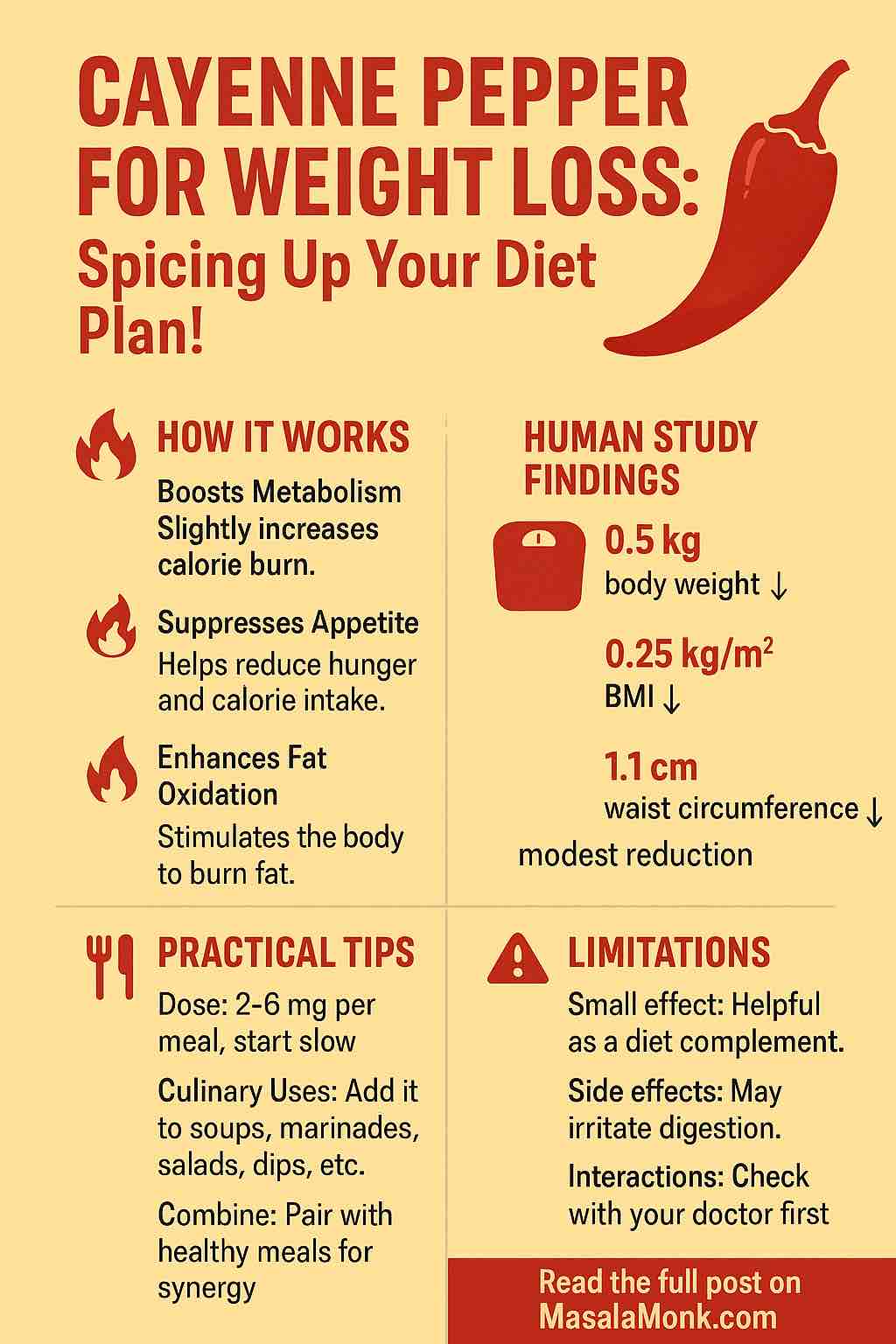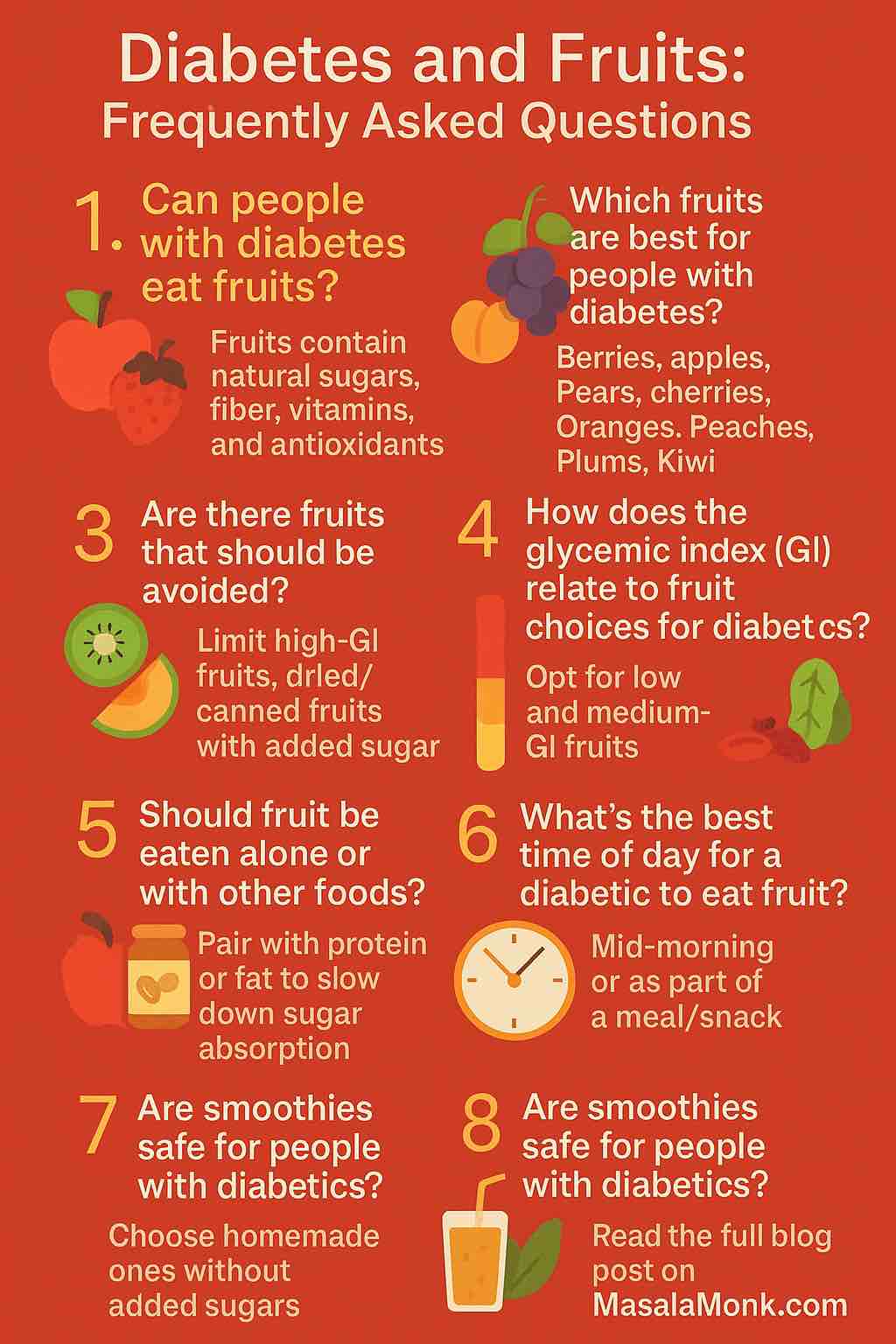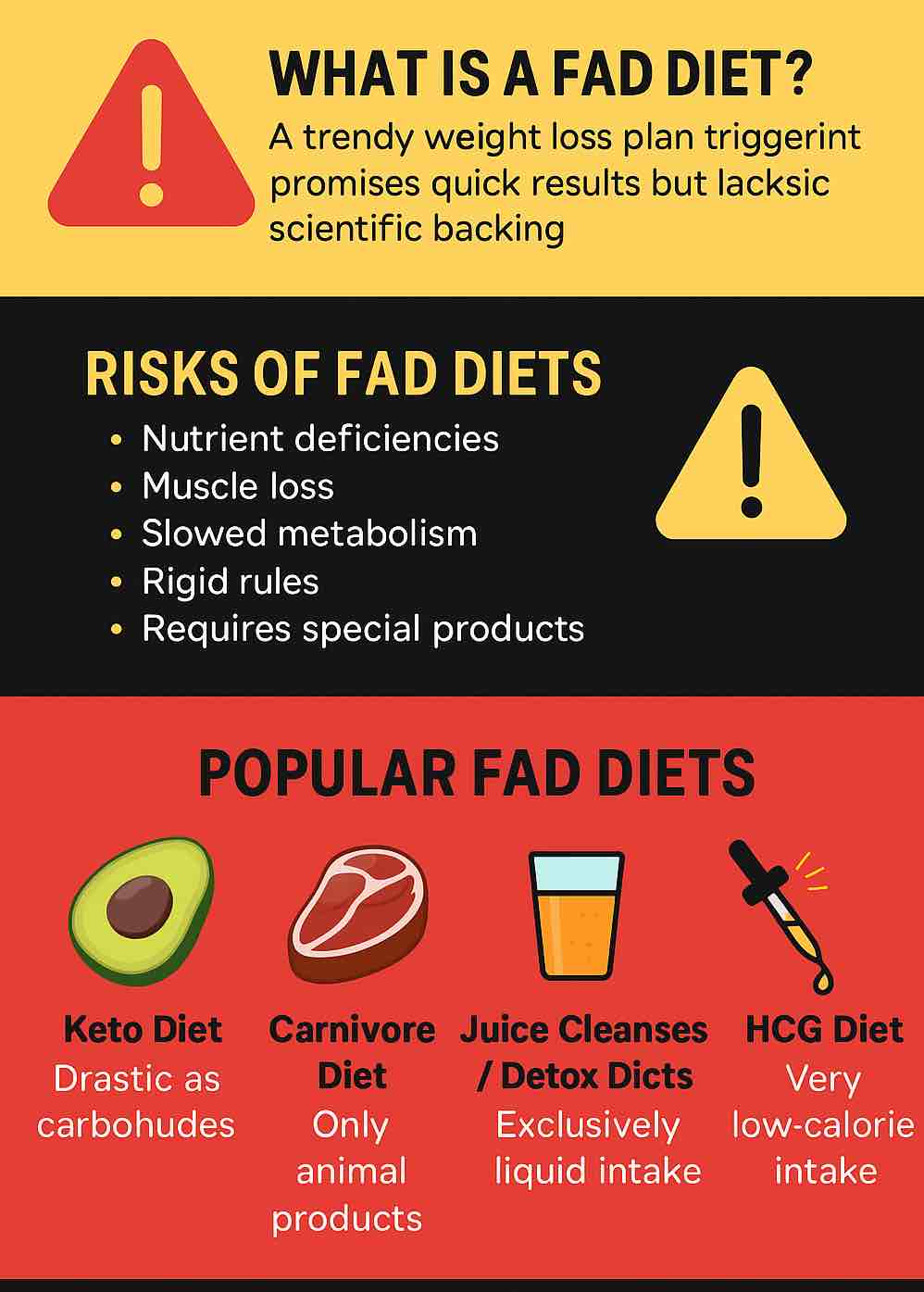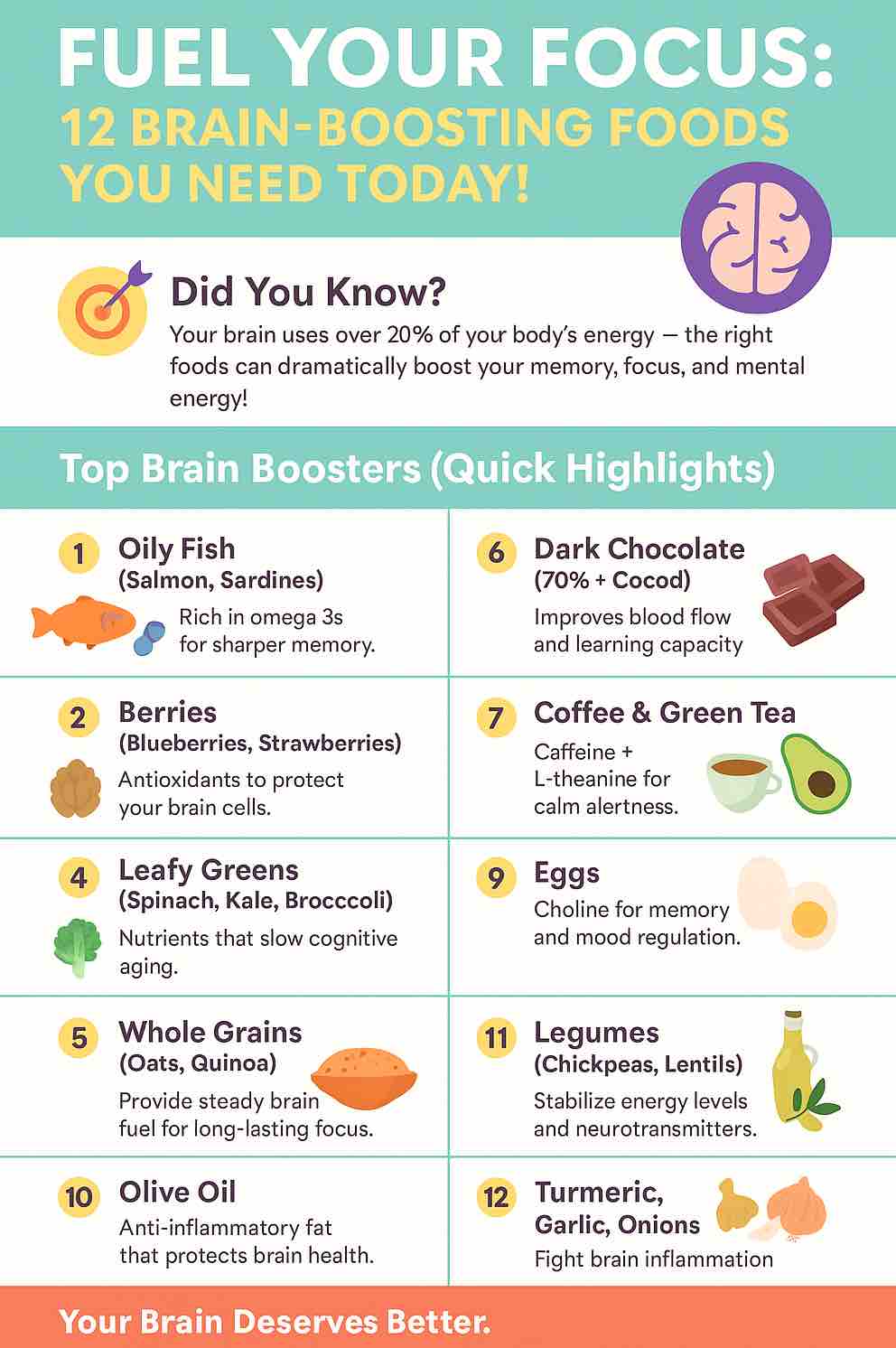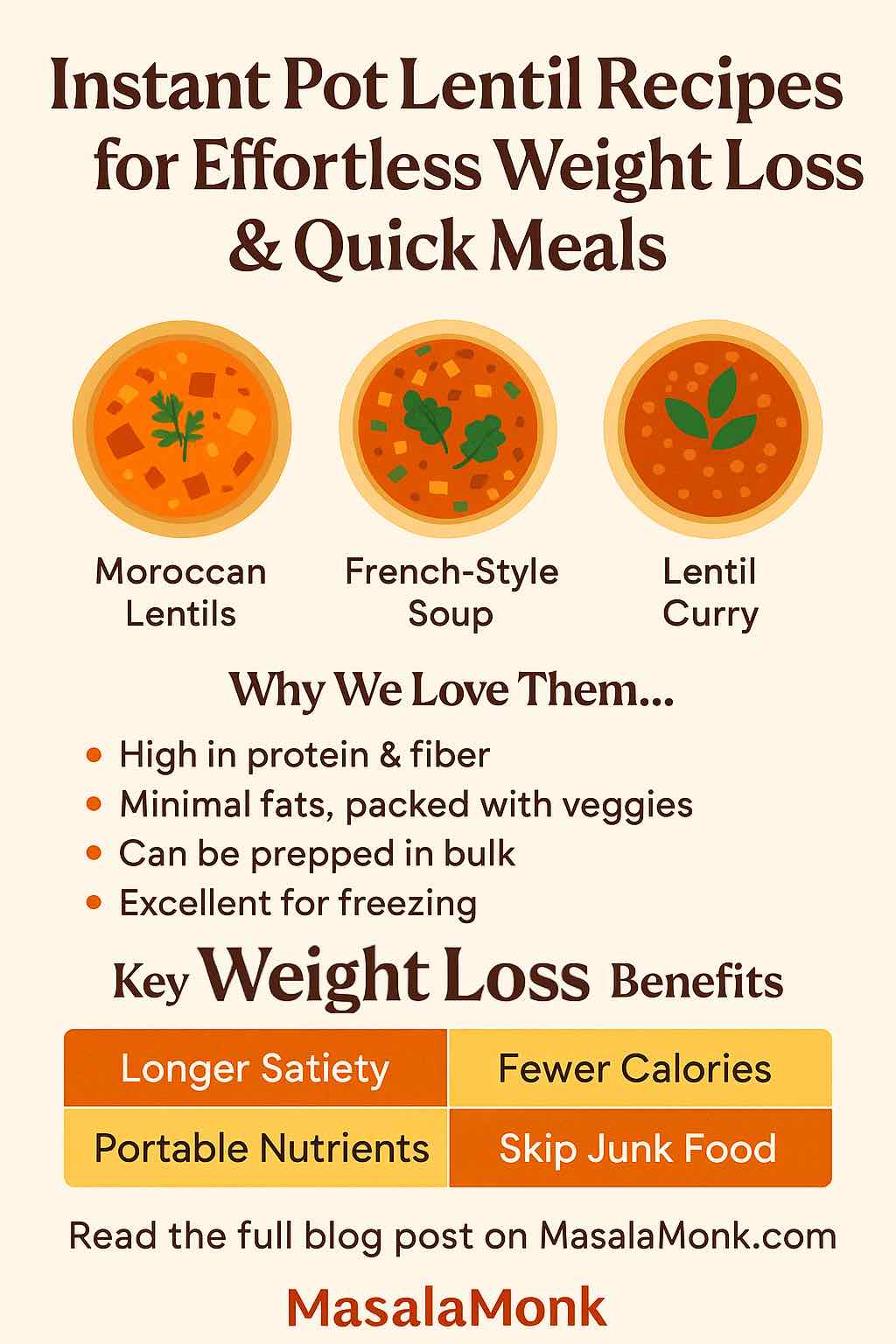
In our fast-paced world, finding meals that are both healthy and convenient can be a struggle. For those aiming to shed pounds without sacrificing flavor or time, lentils cooked in an Instant Pot offer an ideal solution. These tiny legumes are nutritional powerhouses: high in protein, fiber-rich, and incredibly versatile. Whether you’re seeking hearty soups, spicy curries, or savory stews, the Instant Pot simplifies the process and delivers consistently delicious results.
Why Lentils Are a Smart Choice for Weight Loss
Lentils are a top-tier ingredient for anyone focused on healthful eating and weight management. Here’s why:
- High in Protein: Keeps you full longer, curbs hunger pangs.
- Rich in Fiber: Aids digestion, promotes satiety, and helps regulate blood sugar levels.
- Low in Calories: You can eat a generous portion without overloading on calories.
- Nutrient-Dense: Packed with iron, folate, magnesium, and B vitamins.
- Budget-Friendly: A cost-effective protein source, ideal for batch cooking and meal prep.
Instant Pot: The Time-Saving Game Changer
The Instant Pot revolutionizes how we cook lentils. Traditional stovetop methods can take up to an hour and require constant supervision. With the Instant Pot:
- Cook time is reduced to as little as 10-20 minutes.
- Hands-off process: Set it and walk away.
- Reliable texture every time—no mush, no undercooked centers.
- Great for meal prepping: Cook in bulk and refrigerate or freeze.
5 Instant Pot Lentil Recipes You’ll Love
1. Moroccan-Inspired Lentils
Flavor Profile: Warm, spicy, and subtly sweet.
Ingredients:
- Green or brown lentils
- Diced sweet potato
- Carrots, onions
- Crushed tomatoes
- Spices: cumin, cinnamon, paprika, ginger, cayenne
- Lemon juice
How to Make: Add all ingredients to the Instant Pot. Cook on high pressure for 15 minutes, then let it naturally release for 10 minutes. Garnish with parsley and a squeeze of lemon.
Health Perks: Anti-inflammatory spices and fiber-rich vegetables support metabolism and digestion.
2. Classic French-Style Lentil Soup
Flavor Profile: Savory, aromatic, and comforting.
Ingredients:
- Green or French lentils
- Onion, garlic, carrot, celery
- Fire-roasted tomatoes
- Fresh thyme, bay leaves
- Kale or spinach (added after cooking)
How to Make: Sauté aromatics using the Sauté function. Add lentils, tomatoes, broth, and spices. Cook on high pressure for 15 minutes and let release naturally. Stir in greens before serving.
Health Perks: A bowl full of vitamins, antioxidants, and fiber.
3. Smoky Vegan Lentils
Flavor Profile: Bold, rich, and slightly smoky.
Ingredients:
- Brown lentils
- Tomato paste, garlic, onion
- Paprika, cumin, coriander
- Liquid smoke or smoked paprika
- Maple syrup (optional)
How to Make: Sauté aromatics and spices, then add lentils and broth. Cook for 10 minutes on high pressure, natural release. Serve over rice or baked sweet potatoes.
Health Perks: A hearty plant-based option with depth of flavor and minimal fat.
4. Hearty Lentil and Potato Stew
Flavor Profile: Thick, satisfying, and earthy.
Ingredients:
- Green lentils
- Diced potatoes, carrots, onions
- Tomato paste, garlic
- Vegetable broth, bay leaves, thyme
How to Make: Add everything to the pot and cook on high pressure for 12 minutes. Natural release. Use an immersion blender for a partially blended, thick texture.
Health Perks: Potatoes add volume without excessive calories; excellent for portion control.
5. Instant Pot Lentil Curry
Flavor Profile: Fragrant, spicy, and deeply savory.
Ingredients:
- Red or brown lentils
- Onion, garlic, ginger
- Curry powder, turmeric, garam masala
- Diced tomatoes
- Coconut milk or light coconut milk
How to Make: Sauté aromatics and spices. Add remaining ingredients. Cook for 10 minutes on high pressure, quick release. Serve with brown rice or quinoa.
Health Perks: Anti-inflammatory spices, and a rich taste without added fats.
Tips for Weight-Loss Friendly Lentil Cooking
- Skip Heavy Oils: Use a non-stick pot insert or minimal olive oil for sautéing.
- Boost with Greens: Add spinach, kale, or collard greens at the end of cooking.
- Use Low-Sodium Broth: Controls salt while enhancing flavor.
- Portion Smart: Divide into containers to avoid overeating.
- Add Acidity: A dash of lemon juice or vinegar brightens flavor and supports digestion.
Batch Cooking & Storage Tips
- Refrigeration: Keeps well for 4-5 days.
- Freezing: Portion into containers or silicone trays; freeze for up to 3 months.
- Reheating: Use stovetop or microwave with a splash of water or broth.
- Repurposing: Use leftovers as filling for wraps, stuffing for bell peppers, or over baked potatoes.
Final Thoughts
With the Instant Pot, healthy eating doesn’t have to be complicated or time-consuming. These lentil-based meals are proof that nutritious, weight-loss-friendly food can also be comforting, flavorful, and easy to prepare. Whether you’re a busy professional, a student, or just someone trying to eat better, lentils are a humble yet powerful ally in your kitchen.
Try a few of these recipes this week—your taste buds (and waistline) will thank you.
FAQs
1. Can I use canned lentils in these Instant Pot recipes?
Answer: While canned lentils are pre-cooked and don’t require pressure cooking, they can be added at the end of the Instant Pot cycle. Reduce the cook time and liquid slightly to prevent overcooking.
2. What type of lentils works best in the Instant Pot?
Answer: Green and brown lentils hold their shape well and are ideal for soups and stews. Red lentils cook faster and break down, making them perfect for curries and thicker dishes.
3. How much water or broth should I use per cup of lentils?
Answer: A standard ratio is 1 cup of lentils to 2.5–3 cups of liquid, depending on how brothy or thick you want the final result.
4. Are these recipes suitable for freezing and reheating?
Answer: Yes! All recipes are freezer-friendly. Cool completely before freezing in airtight containers. Reheat with a splash of water or broth to refresh the texture.
5. How can I make the lentils taste less bland?
Answer: Spices, aromatics (like garlic, onion, and ginger), and acidic finishers (lemon juice, vinegar) dramatically enhance lentil flavor. Sautéing spices before pressure cooking boosts depth.
6. Can I add meat or other proteins to these recipes?
Answer: Absolutely. Chicken, turkey, or lean ground meat can be browned using the Sauté function first, then pressure cooked with the lentils. Adjust liquid and timing slightly as needed.
7. Are these lentil dishes gluten-free?
Answer: Yes, lentils are naturally gluten-free. Just ensure that broth and spices used are certified gluten-free to avoid cross-contamination.
8. How do I avoid mushy lentils in the Instant Pot?
Answer: Stick to recommended cooking times (usually 10–15 minutes under high pressure) and do a natural pressure release. For firmer texture, reduce cook time by 2–3 minutes.
9. What should I serve with these lentil meals?
Answer: Serve over brown rice, quinoa, cauliflower rice, or roasted veggies. You can also enjoy them with whole grain flatbread or in lettuce wraps for a low-carb option.
10. Can I make these recipes oil-free?
Answer: Yes! Use water or vegetable broth to sauté aromatics instead of oil. This keeps the meals lighter without compromising on flavor.

